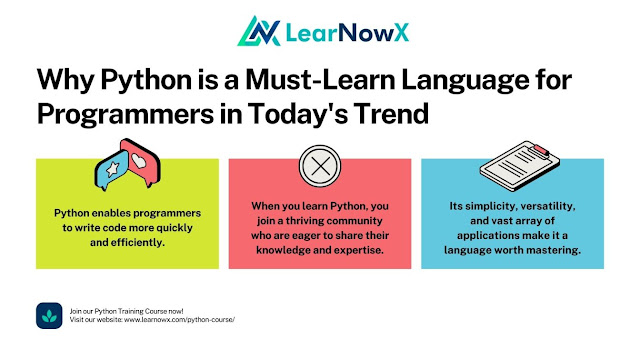Handling Imbalanced Datasets in Machine Learning: A Guide for Everyone
In the world of machine learning, datasets come in all shapes and sizes. Some are perfectly balanced, with an equal number of examples for each class, while others are imbalanced, where one class heavily outweighs the others. But fear not! In this article, we'll delve into the nuances of handling imbalanced datasets, breaking down complex concepts into simple, understandable terms.
Understanding Imbalanced Datasets
Imagine you're in charge of a wildlife sanctuary, and you're tasked with counting the number of different animal species. However, you quickly realize that there are far more squirrels than any other species. This scenario mirrors imbalanced datasets in machine learning, where one class dominates the data, making it challenging for algorithms to learn effectively.
Challenges of Imbalanced Data
Class Imbalance: Just like our sanctuary example, imbalanced datasets lead to skewed representations of classes. This makes it harder for algorithms to learn patterns from minority classes, as they're often drowned out by the majority.
Biased Predictions: When faced with imbalanced data, algorithms tend to favor the majority class, leading to biased predictions. For instance, in healthcare, a model might overlook rare diseases if they're underrepresented in the dataset.
Evaluation Metrics
Accuracy Isn't Everything: While accuracy is a common metric, it can be misleading with imbalanced datasets. Instead, metrics like precision, recall, and F1 score provide a clearer picture of a model's performance across different classes.
Precision: Measures the accuracy of positive predictions.
Recall: Calculates the proportion of actual positives that were correctly identified.
F1 Score: Harmonic mean of precision and recall, offering a balanced assessment.
Resampling Techniques
Oversampling: Involves increasing the number of minority class examples to balance the dataset. Techniques like SMOTE (Synthetic Minority Over-sampling Technique) generate synthetic samples to augment the minority class.
Undersampling: Reduces the number of majority class examples to achieve balance. While simple, it risks losing valuable information from the majority class.
Algorithmic Approaches
Algorithm Selection: Some algorithms are inherently better at handling imbalanced data. Decision trees, random forests, and gradient boosting methods are known for their robustness in such scenarios.
Cost-Sensitive Learning: Assigning different costs to misclassification errors can encourage models to pay more attention to minority classes, mitigating the impact of imbalance.
Ensemble Methods
Strength in Numbers: Ensemble methods combine multiple models to improve predictive performance. Techniques like bagging and boosting can effectively tackle imbalanced datasets by leveraging diverse perspectives.
Case Studies
Credit Card Fraud Detection: In financial transactions, fraudulent activities are rare compared to legitimate ones. By employing advanced machine learning techniques and handling imbalanced data, financial institutions can detect fraudulent transactions with high accuracy.
Medical Diagnosis: In healthcare, diseases with low prevalence rates pose a challenge for diagnostic models. However, by carefully addressing class imbalance and leveraging appropriate evaluation metrics, machine learning can aid in early disease detection.
Practical Tips
Feature Engineering: Crafting informative features can enhance a model's ability to discern patterns in imbalanced data.
Cross-Validation: Utilize techniques like stratified k-fold cross-validation to ensure robust model evaluation across different folds.
Conclusion
Handling imbalanced datasets in machine learning is not without its challenges, but armed with the right techniques and approaches, it's entirely manageable. By understanding the nuances of imbalance, selecting appropriate evaluation metrics, and leveraging resampling and algorithmic techniques, we can build models that are both accurate and equitable.
Join LearnowX Institute's Machine Learning Course for Beginners today and master the art of handling imbalanced datasets in machine learning! Dive into practical techniques and algorithmic approaches to tackle real-world challenges. Enroll now to unlock your potential in the exciting field of artificial intelligence and data science. Start your journey with us and turn data into insights!


Comments
Post a Comment